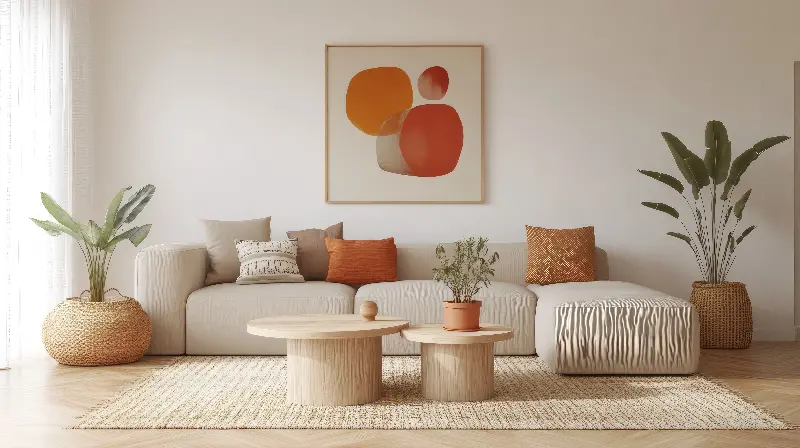Every room tells a story, and one of the cleverest storytellers in home design is the humble rug. More than just a soft landing for your feet, rugs can transform the mood, layout, and balance of any space. Whether you’re settling into a city apartment or refreshing a well-loved family room, mastering the art of rug placement gives you an instant décor boost—with minimal effort and maximum impact.

Why Rugs Matter More Than You Think
Rugs are not only decorative pieces—they’re foundational elements that pull a space together. Think of a rug as the visual anchor of your room. The right rug size and placement create a sense of cohesion by defining boundaries and visually uniting furniture pieces that might otherwise float aimlessly.
Textile experts often note that rugs influence everything from the “temperature” of a room (warm, cozy, inviting) to the acoustic environment, absorbing noise and lending a sense of calm. Plus, rugs introduce texture, pattern, and color that can either complement or contrast with your existing décor. This versatility is exactly why the right rug, and the way you place it, can completely revamp your room.
Perfect Placement: The Basics You Need to Know
There are some simple guidelines to keep in mind for effective rug placement, starting with size. A rug that’s too small can make a room feel disconnected or dwarfed, while a rug that’s too large can overwhelm the space. Ideally, for living rooms, your rug should be large enough that at least the front legs of sofas and chairs rest on it. This arrangement pulls the seating area together, encouraging conversation and comfort.
For bedrooms, consider placing a rug under the bottom two-thirds of your bed. This way, you’ll step onto softness every morning and evening, and the rug visually grounds the bed within the larger room. In dining areas, make sure the rug extends at least 24 inches beyond the table’s edge on all sides—this prevents chairs from catching on the rug when pulled out.

Shape And Style: More Than Just A Rectangle
While rectangles are classic, don’t feel limited by traditional shapes. Round rugs bring a touch of modern romance to small spaces or reading nooks, and help soften the hard lines of contemporary furniture. In entryways or hallways, runners draw the eye forward and can make compact spaces feel more dynamic and inviting.
Patterns and colors deserve attention, too. If your furnishings are mostly neutral, a patterned or vibrantly colored rug can serve as an eye-catching statement piece. Conversely, if your room is already bursting with prints and hues, a solid, plush rug acts as a calming foundation. The trick is to think of your rug as both art and architecture—it should add flair, but also balance.
Layering Rugs: Instant Dimension And Character
One of the latest trends in floor décor is rug layering, and it’s ideal for anyone looking to experiment. Start with a large, neutral base rug—like a flat-weave sisal or jute—then position a smaller, patterned rug (think vintage kilim or a geometric runner) on top. This is a playful way to add color, texture, and depth to your space, and works particularly well in eclectic or boho-inspired interiors.
Layering also gives you the chance to combine seasonal looks, swapping out the top rug for lighter or cozier versions as the weather changes. The layered look is forgiving, lets you express your personality, and helps highlight specific zones within open-plan spaces.
